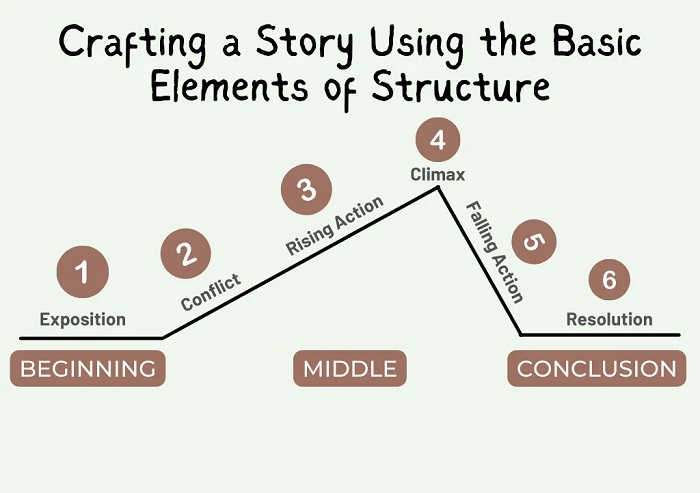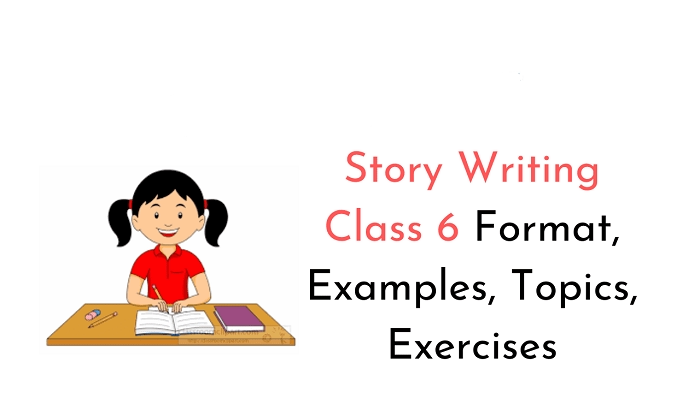Story writing is an essential skill that helps students enhance their creativity, communication, and analytical thinking. For class 6 students, writing stories can be both fun and educational, offering opportunities for self-expression. This article will guide you on how to craft engaging and well-structured stories for class 6 students. Whether you are a beginner or looking to improve your skills, this guide will provide you with the tools you need to write captivating stories.
What is Story Writing?
Story writing is the process of creating a narrative that involves characters, settings, a plot, and an outcome. It’s an art of turning ideas into a readable and engaging form that captures the imagination of the reader. Writing stories for class 6 can serve as an excellent way for students to improve their writing skills while learning how to structure their ideas effectively.
The Importance of Story Writing for Class 6
For students in class 6, story writing is not just about writing a narrative. It also helps in developing skills such as:
- Creativity: Crafting stories allows students to think creatively and come up with original ideas.
- Critical Thinking: Students learn to create logical sequences of events, develop characters, and resolve conflicts.
- Language Skills: Writing stories helps students improve their vocabulary, grammar, and writing structure.
- Emotional Expression: Storytelling offers a platform for students to express their emotions and thoughts through characters and events.
Key Elements of Story Writing for Class 6

To write a successful story, it is essential to understand the fundamental elements that make a story captivating. These key elements include:
Plot
The plot is the backbone of any story. It refers to the sequence of events that occur from the beginning to the end of the story. A strong plot has a clear structure and is divided into the following parts:
- Introduction: The beginning of the story where the setting, characters, and problem are introduced.
- Rising Action: The part where the tension builds and the conflict begins to unfold.
- Climax: The turning point of the story, where the main conflict reaches its peak.
- Falling Action: The events that occur after the climax, leading towards the resolution.
- Conclusion: The end of the story where the problem is resolved, and the story concludes.
Characters
Characters are the people or animals in the story. They drive the plot forward and make the story more engaging. Each character should have distinct qualities that make them memorable. In class 6 stories, it’s important to create both:
- Protagonist (Main Character): The hero of the story, who faces challenges or obstacles.
- Antagonist (Villain): The character who creates conflict for the protagonist, such as a villain or a situation that must be overcome.
Setting
The setting is where and when the story takes place. It includes the location, time period, and the atmosphere of the story. A good setting helps readers visualize the world in which the characters live and understand the context of the events that unfold.
Conflict
Conflict is the main problem that the protagonist must face. It could be an external conflict (like fighting against a villain) or an internal conflict (such as struggling with emotions or decisions). The conflict drives the story forward and engages the reader.
Theme
The theme is the underlying message or moral of the story. For class 6 stories, the theme could be about friendship, bravery, kindness, or overcoming adversity. A good theme will leave the reader with something to think about after finishing the story.
Steps for Writing a Story for Class 6
Writing a story may seem difficult at first, but if you break it down into simple steps, it becomes an enjoyable task. Here’s how you can start:
Brainstorm Ideas
Before starting, take some time to think about what you want to write. Here are some brainstorming techniques:
- Think of a memorable event in your life and turn it into a story.
- Use a prompt or a picture to spark your imagination.
- Ask yourself questions like, “What if I could talk to animals?” or “What would happen if I lived on another planet?”
Create an Outline
Outlining your story before writing helps in organizing your thoughts. Create a simple outline including the following:
- The characters and their traits.
- The setting where the story will take place.
- The conflict or problem the characters face.
- The resolution or solution to the conflict.
Write the First Draft
Start writing your first draft. Don’t worry about making it perfect. Focus on getting your ideas down. Remember the structure of a story: introduction, rising action, climax, falling action, and conclusion. Use vivid descriptions to make the setting and characters come alive.
Revise and Edit
After finishing the first draft, take some time to revise. Read through your story and look for areas where you can improve:
- Check if the plot is clear and easy to follow.
- Make sure the characters’ actions make sense.
- Fix any spelling or grammatical mistakes.
Polish Your Story
Once you’ve revised the draft, give your story one last read-through. Improve the flow of sentences and make sure your writing is engaging. If needed, add dialogues or more details to make the story exciting.
Tips for Writing an Engaging Story for Class 6
Here are some additional tips that can help you improve your story writing:
Use Descriptive Language
Descriptive language helps create vivid images in the reader’s mind. Instead of saying “It was a beautiful day,” describe the scene with more detail, like “The sky was painted with shades of orange and pink as the sun began to set, casting a warm glow over the field.”
Keep the Story Simple
For class 6 students, it’s important to keep the story simple and easy to understand. Focus on clear sentence structures and avoid overly complicated words.
Show, Don’t Tell
Instead of telling your readers about a character’s feelings, show them through actions or dialogue. For example, instead of writing “John was sad,” you could write, “John’s shoulders drooped, and his eyes filled with tears.”
Create a Strong Ending
A good ending leaves the reader satisfied. It could be a twist or a lesson learned by the protagonist. Make sure to wrap up loose ends and ensure the conflict is resolved.
FAQs About Story Writing for Class 6
What is the best way to start a story for class 6?
The best way to start is by setting the scene. Describe where and when the story takes place. Then introduce your main character and hint at the conflict.
How do I create interesting characters?
Give your characters unique traits, emotions, and goals. Make them relatable and add depth by showing how they react to different situations.
Can I write a story about my personal experiences?
Yes, writing from personal experience can help you create a more authentic and heartfelt story. Just remember to add creativity and detail.
How do I make my story more exciting?
To make your story exciting, include moments of suspense, unexpected twists, and emotional highs and lows. Use descriptive language to build excitement.
What should I focus on while revising my story?
While revising, focus on the clarity of your plot, the development of your characters, and the pacing of your story. Ensure there are no grammatical errors.
Story writing for class 6 can be a wonderful journey of creativity and self-expression. By following the steps and tips mentioned above, you can craft an engaging and well-structured story. Remember to focus on the key elements like plot, characters, setting, and conflict. With practice, you’ll become a confident and skilled storyteller, capable of writing captivating stories that leave a lasting impact.


